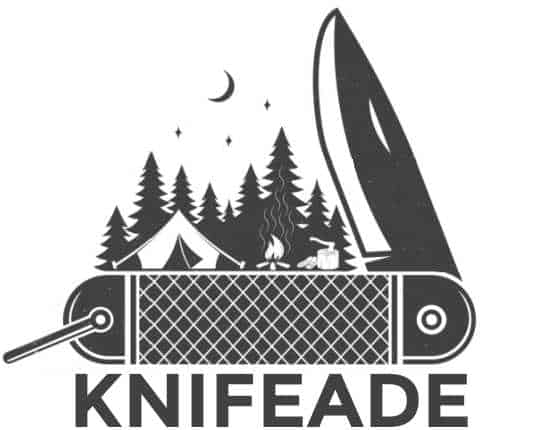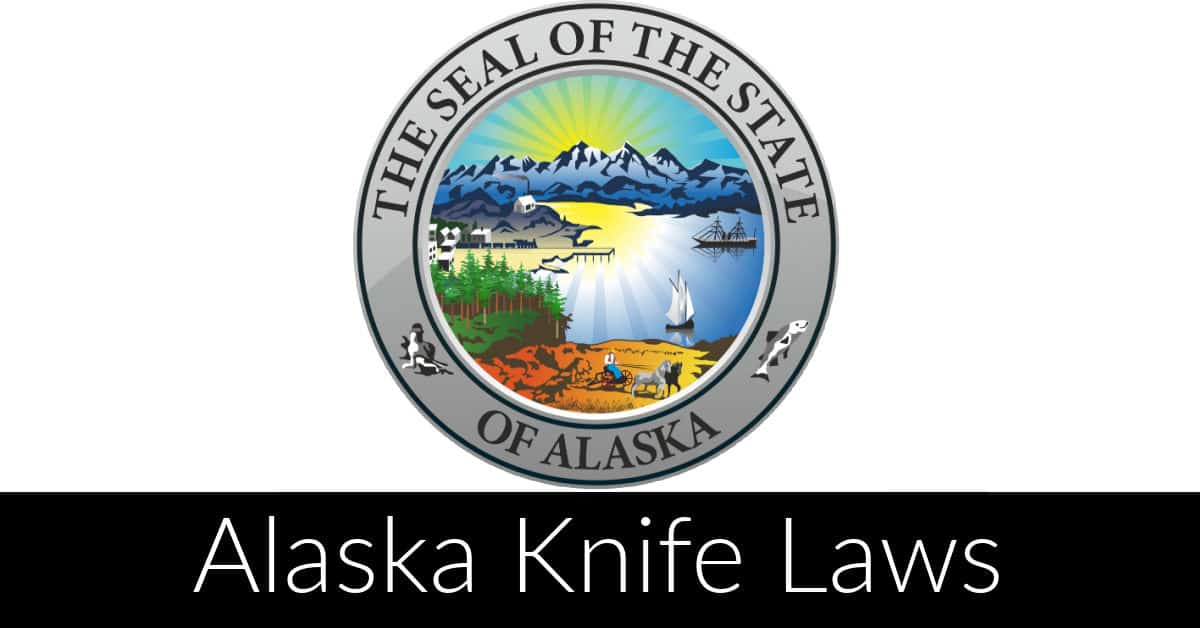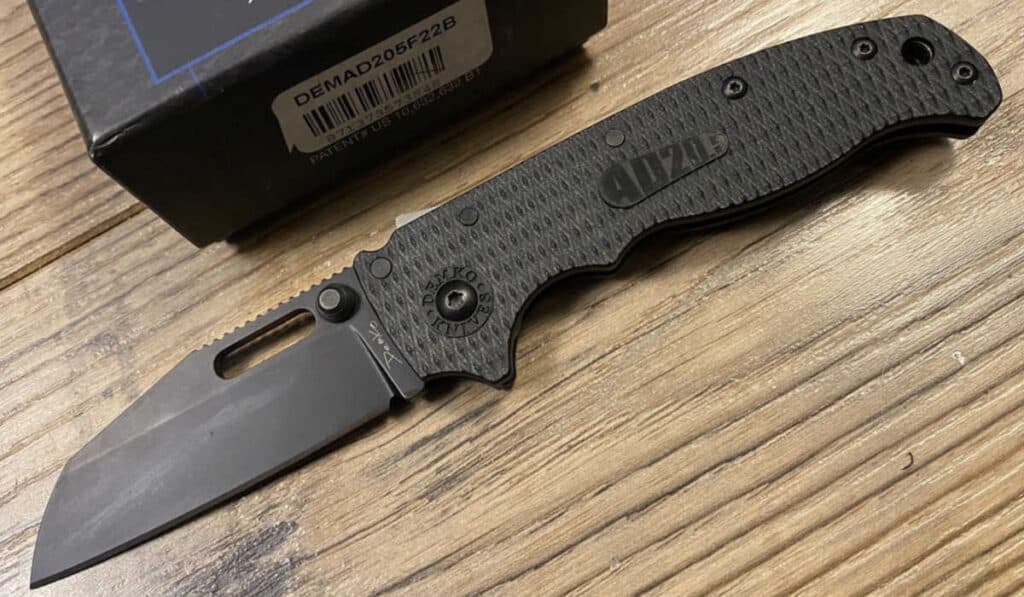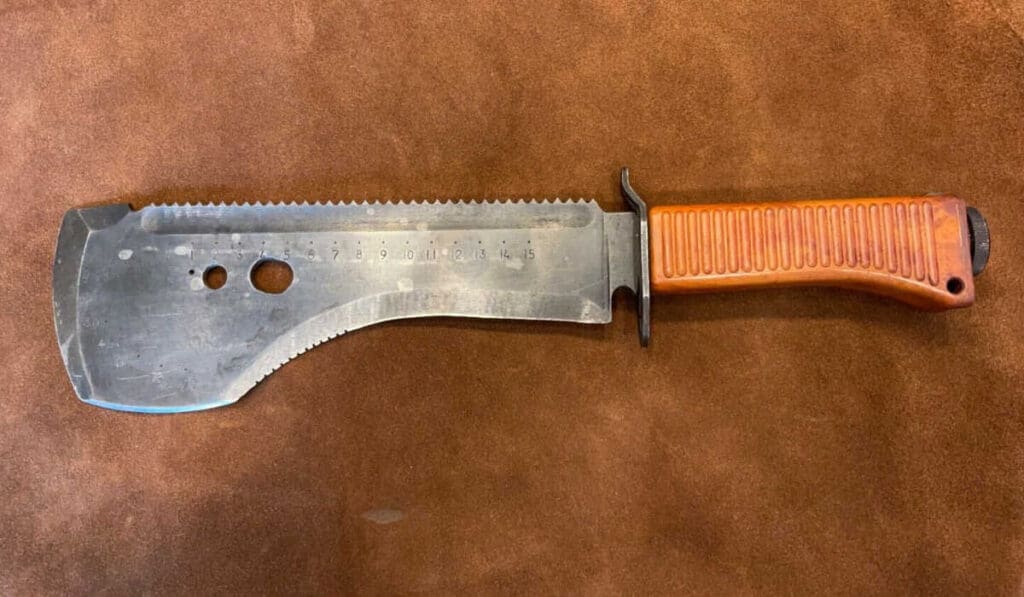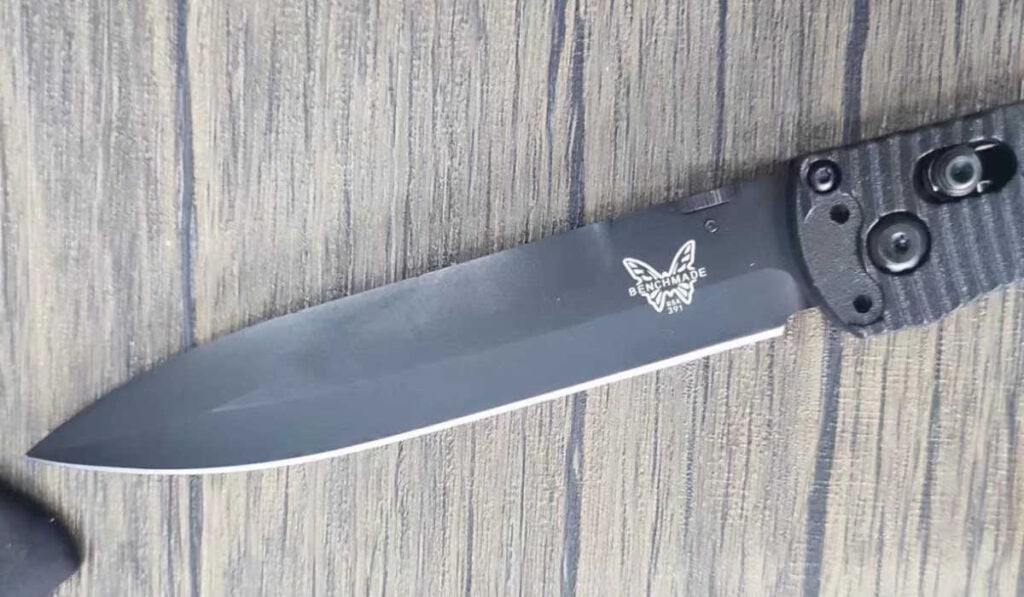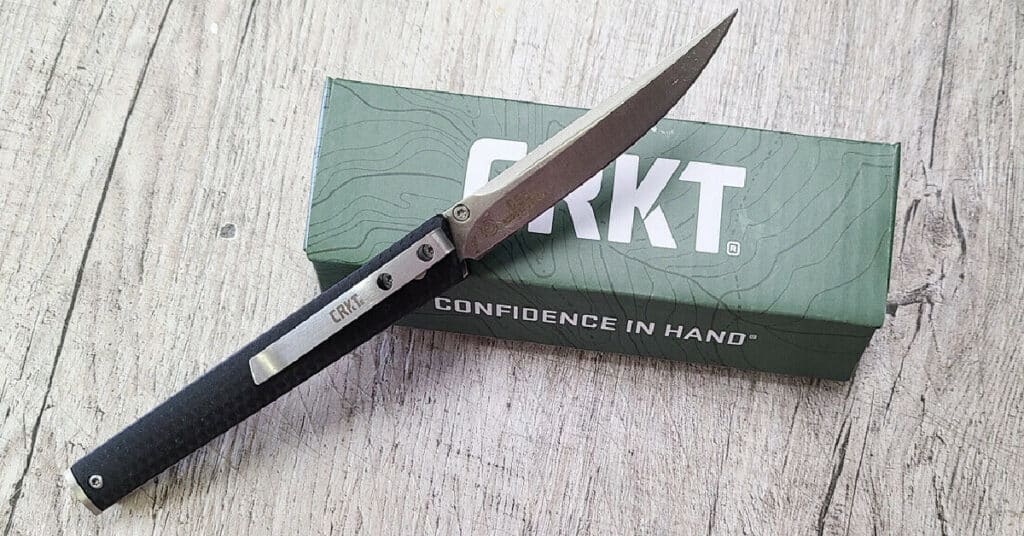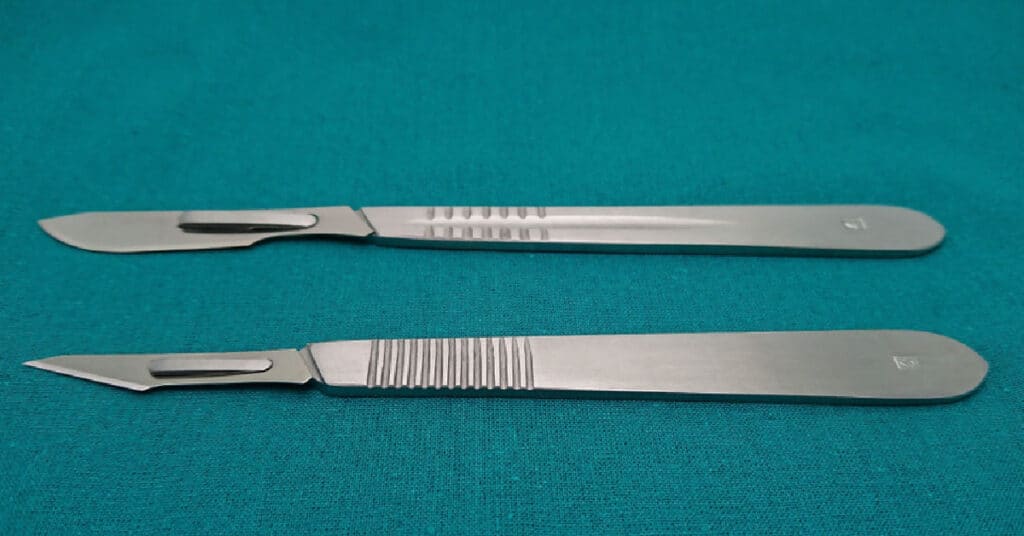Last updated on October 20th, 2023 at 05:18 pm
As an Amazon Associate I earn from qualifying purchases.
Navigating the complex world of knife laws can be daunting, especially when it comes to understanding the regulations in your specific state. In Alaska, you’ll find a unique set of guidelines governing the carrying and use of various knife types. This guide aims to provide you with a complete understanding of the Alaska knife laws, so you can be confident in your knife-carrying choices.
First and foremost, it’s important to know that Alaska has no specific restrictions on the types of knives you can own. What matters most is how and where you carry them. Familiarizing yourself with these rules can help ensure that you both remain within the bounds of the law and stay safe in everyday situations.
At the heart of Alaska’s knife regulations is the distinction between concealed and open carrying of knives. Understanding these differences and the legality surrounding specific blade lengths will be crucial in making informed choices about the knives you carry and avoiding potential legal trouble.
Our Top Rated “50-State-Legal” Knives
*These knives are listed based on their broad legality across states, but always consult your local laws before making a purchase.
Overview of Alaska Knife Laws
In this section, you’ll get a brief overview of Alaska’s knife laws, essential for understanding the legal landscape affecting knives in the state. We’ll explore the relevant statutes and definitions related to Alaska knife laws.
Relevant Statutes
Alaska knife laws are governed by Alaska State Statutes under Title 11, Chapter 61 Article 2 “Weapons and Explosives”. These statutes provide guidelines on what types of knives are allowed, any age and location restrictions, and penalties for violations. It’s essential to familiarize yourself with these statutes to ensure that you’re in compliance with state law.
Definitions
In Alaska law, knives are defined as any instrument with a sharp blade attached that can cut or stab. However, it’s crucial to note that Alaska law does distinguish between switchblades or gravity knives and ordinary pocket knives. The “bias toward closure” exceptions in the statutory definitions for switchblades and gravity knives indicate that one-hand and assisted opening technologies are considered ordinary under Alaska law.
Types of Knives Allowed in Alaska
In Alaska, most types of pocket knives and folding blades are allowed to be openly carried in public places without restriction. Alaska does not impose a blade length restriction for knives that are openly carried. Certain larger blades, such as swords, may be limited depending on their size and type. Moreover, certain municipalities might have had additional restrictions in the past, but Alaska State law regarding knives now preempts local regulation.
Legal Knives
Your choices for legal knives in Alaska are broad, encompassing:
- Pocket knives: Compact, foldable knives easily carried in your pocket, offering versatility and convenience.
- Folding knives: Like pocket knives but may come in larger sizes.
- Fixed blade knives: Non-foldable blades used for various purposes like hunting, camping, or self-defense.
- Ring knives: Unique knives with a circular handle fitting around your finger for added control and maneuverability.
Illegal Knives
In Alaska, the laws surrounding switchblades and gravity knives are slightly nuanced.
Individuals under 21 are prohibited from carrying these knives concealed, but they can open carry them.
That’s about the extent of it in Alaska.
Carrying Knives in Public
The regulations for carrying knives in public in Alaska are fairly straightforward, yet nuanced in terms of concealed carry, carrying in vehicles, on school grounds, and on properties and buildings.
Open Carry
Open carry of any type of knife is permitted in Alaska with no specific blade length restrictions.
Concealed Carry
Concealed carry of knives is allowed for individuals 21 and older, with the exception of gravity or switchblade knives for those under 21. When contacted by a law enforcement officer or upon entering another person’s residence, individuals must declare any concealed deadly weapon, except for an ordinary pocket knife.
Carrying in Vehicles
While there are no specific restrictions on carrying knives in vehicles, ensuring they are safely secured in a sheath or case is advisable.
Carrying on School Grounds
Carrying any deadly or defensive weapon, including knives, on school property is a violation of the law, unless granted permission by the Chief Administrative Officer of the school district.
Property and Buildings
Carrying knives on your own property is generally allowed. When entering someone else’s residence while carrying a knife, you must disclose possession of any concealed knife that is not an ordinary pocketknife to the property owner. Some public buildings like courthouses may have their own restrictions on carrying knives.
Use, Sale, and Transfer of Knives
Selling and Buying Knives
In Alaska, you can buy and possess a wide range of knives. However, the sale or transfer of switchblade or gravity knives to a person under 18 is prohibited without the prior written consent of the person’s parent or guardian.
Hunting and Fishing Use
Knives are recognized for their importance in hunting and fishing activities. The law permits you to carry a knife for self-defense against dangerous wildlife while engaging in these activities.
Penalties for Violating Knife Laws in Alaska
Violations of Alaska knife laws can result in severe penalties, potentially leading to significant fines, imprisonment, or both, depending on the specific violation.
Exceptions and Special Circumstances
Law Enforcement and Military
As an exception to Alaska’s knife laws, law enforcement officers and active military personnel are permitted to carry and use certain types of knives that may otherwise be restricted. This may include switchblades, gravity knives, or knives with longer blade lengths. However, it’s essential to be aware of your agency’s or military branch’s specific regulations, as they may have additional restrictions or requirements.
Alaska State Knife Law References
Official Sources of Alaska’s Knife Laws
- Alaska Statute § 11.61.220: Misconduct involving weapons in the fifth degree, providing definitions and regulations for gravity knives and switchblades among others.
- Alaska Statute § 11.81.900: Provides definitions for gravity knife, switchblade, deadly weapon, and defensive weapon.
- Alaska Statute § 29.35.145: Regulation of firearms and knives, outlining preemption of local regulation and age-based restrictions for gravity knives and switchblade knives.
Significant Court Cases
| Case Title | Summary |
|---|---|
| Alaska v. Strange | In 1990, Alaska Court of Appeals affirmed the dismissal of charges against defendants possessing butterfly knives, clarifying the definition and legality of such knives in Alaska. |
Timeline of Major Changes in Alaska’s Knife Law
- 2013:
- June 20, 2013: Alaska Governor Sean Parnell signed legislation, known as HB 33, reforming the state’s knife statutes.
- September 16, 2013: Effective date of the 2013 Alaska Knife Law Changes. Major points include:
- Legal for an adult to possess or transport a switchblade or gravity knife.
- Includes bias toward closure in the definition of switchblade and gravity knife to avoid confusion with assisted opening or one-hand opening knives.
- No prohibition on manufacturing switchblades or gravity knives.
- Minors under the age of 18 can only purchase a switchblade or gravity knife with written parental consent.
- Reserves to the state, with limited exceptions for municipalities, the authority to regulate knives (Knife Preemption).
- 2018: The state of Alaska allows the ownership of any type of knife with previously restricted gravity knives and switchblades now legally purchasable by adults and carried in concealment, a change that occurred in 2013.
Conclusion
In conclusion, it is important to understand the laws regarding knives in Alaska before carrying or possessing one. It is illegal for minors to carry a knife in public and possession of any type of knife on school property is prohibited.
Violations of these laws can result in fines and other penalties. There are some defenses available if you are charged with violating an Alaska knife law, such as self-defense or necessity. Additionally, there may be local regulations that supersede state preemption laws when it comes to Alaska knife law so it’s best to check your local ordinances before carrying a pocketknife.
We need to be informed about knife laws in Alaska and understand our rights as pocket knife owners. It is important that we stay up-to-date on the current legislation so that we can use our knives safely and legally.
Let’s all work together to ensure everyone has access to information regarding the proper usage of pocket knives, their legalities in different areas, and resources for further education if needed!
Do Sheepsfoot Blades Have A Purpose? (Cuz They’re Ugly…)
Spetsnaz Machetes – Blades Of The Russian Special Forces
What Is The Actual Purpose Of A Spear Point Knife Blade?
CRKT CEO Review – Coolest, Most Worthless Knife Ever?
How Sharp Is A Scalpel? (Is It Sharper Than A Razor?)
Can You Shave With A Knife? (Yes, Here’s How)
As an Amazon Associate I earn from qualifying purchases.
